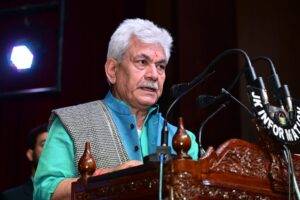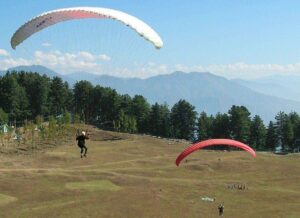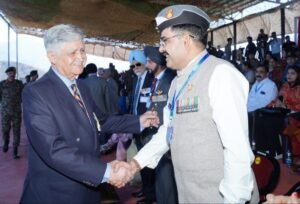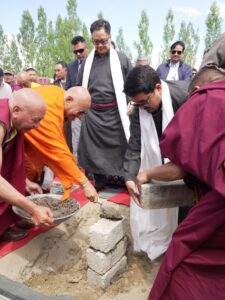Last Updated on November 8, 2020 at 7:50 pm
The Ministry of Home Affairs (MHA) has written letters to the authorities managing cadres and directed them to send IAS, IPS and other all-India service officers to the Union Territory of Jammu and Kashmir and Ladakh as an ‘acute shortage’ is going on in both the areas.
In an office memorandum dating 26 October, the MHA requested all the cadre managing authorities that the Central Civil Services Officers selected through Central Civil Exams conducted by the UPSC (Union Public Service Commission) be asked for their stint in J&K and Ladakh Union Territory.
The MHA asked the concerned authorities to provide the names of suitable officers along with the authorities no objection certificate and vigilance clearance for the officers.
The message has been sent to the secretaries of the ministries of Defence, Controller General of Accounts (CGA), Corporate Affairs, Comptroller Auditor General of India (CAG), Railway Board chairman, External Affairs, and Information and Broadcasting, the Departments of Commerce, Telecommunications and Posts and chairpersons of the Central Board of Direct Taxes (CBDT) and Central Board of Indirect Taxes and Customs (CBIC).
The Union Territory of J&K has a cadre strength of 137 IAS officers of which only 58 are currently serving offices. Similarly, there are only 66 IPS officers serving while there is a cadre strength of 147 IPS officers.
Before the bifurcation of the erstwhile state of Jammu and Kashmir, the IAS officers would serve in both the regions which is not happening as of now. There is a proposal which seeks to merge J&K cadres with AGMUT (Arunachal Pradesh, Goa, Mizoram, Union Territories) but is waiting for the execution.
For the past many years, there has been a shortage of officers in J&K. Sources tell that very few officers are sent to J&K every year. A senior J&K officer told The Print that on an average, around five officers should be sent to J&K for a better cadre. While in reality, not more than one or two are allotted. In the last 20 years, the retirement is four times the intake. The bifurcation of the state has deepened the problem as many officers have moved to Ladakh.







